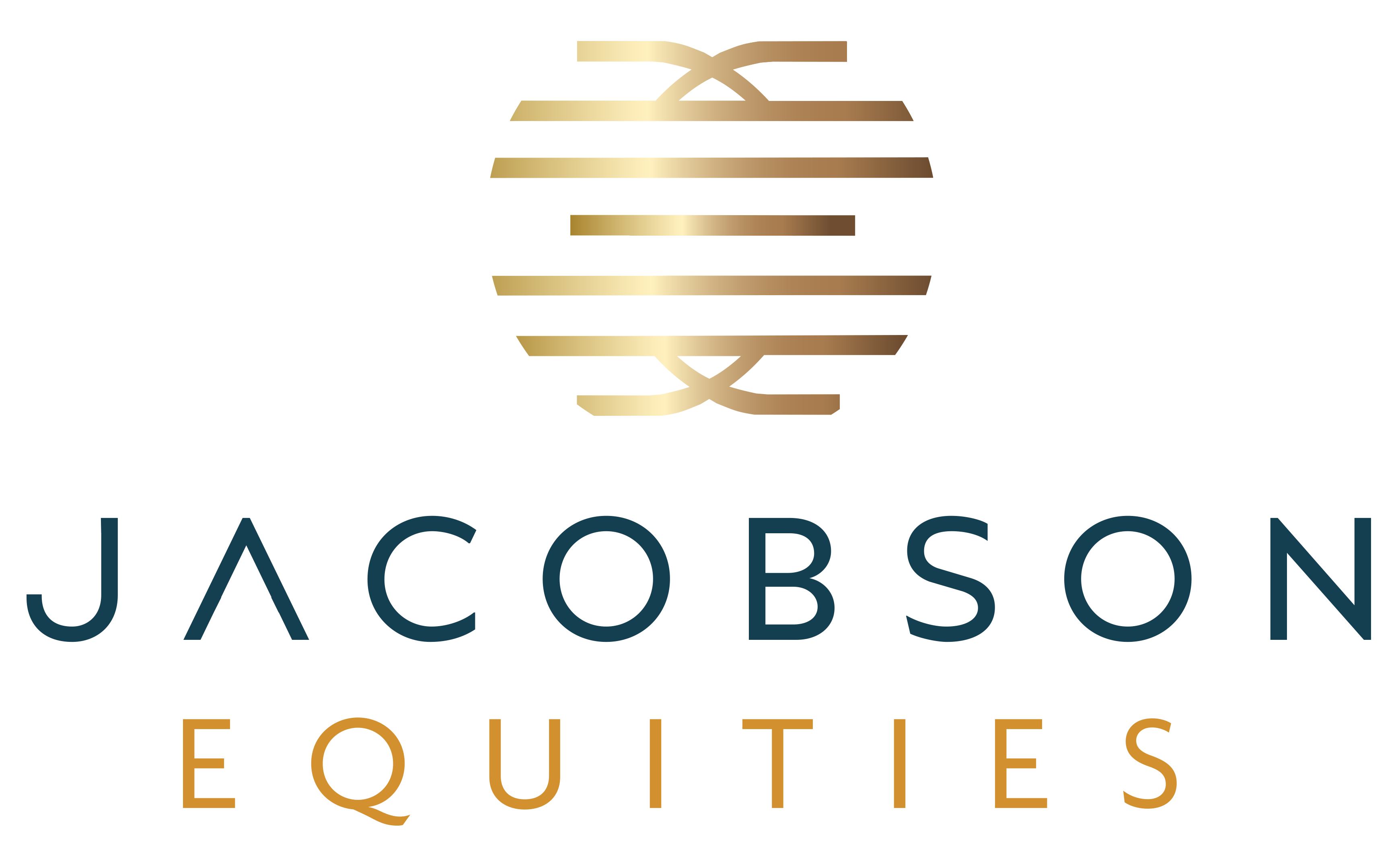Introduction
Most sponsors will look at dozens, even hundreds, of deals before making an offer on a property. In order to determine whether to move forward, most will begin with a multi-step due diligence process. One of the first steps in the due diligence process is to underwrite the deal based on known and projected financials.
There are many factors that inform a sponsor’s underwriting of a deal. At a basic level, the sponsor will look at in-place rents to determine whether the seller’s asking price is warranted. Financial underwriting quickly becomes more complicated as other factors begin to be weighed.
Below is a look at some of the most important inputs to the financial underwriting of apartment buildings.
1. Current Rent Roll
The rent roll refers to a document, usually provided by the seller, that lists all of the tenants at the property. Specifically, it will have the tenant’s name, unit number, unit size, net rentable square footage, rental rate, annual rent, lease start and end date, and the amount of their security deposit (if any). The rent roll is a useful starting point for an investor trying to calculate the property’s net operating income. It will also highlight important information about vacancy and occupancy, including when the sponsor might expect units to turn over.
2. Existing Leases
Prospective investors will also want to audit existing leases. Many apartment owners will use a standard, state-issued lease for residential properties. However, some owners use more intricate leases. It is important to review the lease language, including any lease amendments or modifications, to understand both the rights and obligations they may be taking on under those existing lease agreements. The leases will also confirm information provided in the rent roll, such as rental amounts, lease duration, and security deposits. Perhaps most importantly, a lease audit informs the buyer whether the seller adhered to its criteria for qualifying tenants as to income, credit, etc. and is also a window in to whether the seller’s management team keeps organized records.
3. Operating Statements
An apartment building’s operating statement, sometimes referred to as a “profit and loss” or “P&L” statement, provides valuable insight as to a property’s financial health. Historical operating statements show how the property has performed in the past and can be used to identify areas of strength as well as areas for improvement (i.e., opportunities to boost the property’s cash flow). Meanwhile, a pro-forma operating statement shows how a property “should” perform in the future once the building is stabilized.
4. Concessions Report
Many owners will show high occupancy rates and rental rates, but upon further investigation, a prospective buyer may find that these numbers are bolstered by tenant concessions. Tenant concessions, such as one or two months’ rent free, are often used to entice people to sign leases but in turn, offset the actual income a property generates. The concessions report, if any, is an important input when underwriting a property as it tells you the actual income a property has earned after concessions are accounted for.
5. Schedule of Non-Lease Income
The operating report should also contain a detailed section that outlined all non-lease income, such as laundry, pet rent, parking fees, etc. Other Income also frequently includes reimbursements by tenants for utility charges, also known as RUBS. This is sometimes referred to as “other” or “ancillary” income. Non-lease income can be another great, reliable revenue stream for multifamily operators.
6. Capital Expenditures
Capital expenditures refer to the cost of improving a property beyond ordinary repairs and maintenance. A prospective buyer will want to understand what sort of capital expenditures have been made by the current owner and whether there are big expenses lurking, such as a new roof or replacement of an HVAC chiller. A property that has robust capital expenditure records may be a sign that the existing owner had a solid preventative maintenance program in place. On the other hand, some sellers will try to place ordinary repair costs “below the line” as capital expenditures in an effort to inflate the “above the line” Net Operating Income.
7. Property Tax Bills
Real estate taxes are a critical but often overlooked input into a buyer’s financial underwriting. Real estate taxes can vary widely from one part of the country to another, from one state to another, and even from one municipality to another. A buyer will want to look at whether all taxes are current (i.e., there are no liens on the property for back taxes). Moreover, a buyer should anticipate an increase in property taxes upon re-assessment and sale. If the buyer plans to make substantial property improvements, the net increase in value will result in higher property taxes at that point in time, as well. At a minimum, a buyer will want to underwrite an estimated 2% to 3% annual increase in property taxes. Frequently, owners will appeal property tax assessments, which are often subjective in nature, so it is important for a buyer to understand how property taxes will be determined upon taking ownership and to have a good property tax lawyer on retainer should it be necessary to challenge an assessment.
8. Employee / Contractor Expenses
A prospective buyer will want to look at the existing costs for both building employees and the owner’s third-party contractors or vendors. There may be room for reducing these costs, especially if a sponsor feels that the quality of employees, contractors or vendors could be improved. Conversely, a knowledgeable buyer may know that it will be necessary to increase payroll expense in order to attract quality personnel and/or to beef up the number of employees to properly service the building.
9. Market Survey
A market survey will provide insight as to current market rents, projected rent growth, existing and planned competition, and the quality of that competition. This will help a sponsor determine whether the property’s in-place rents are in line with the market, whether there is room for growth, and/or what property improvements will be needed to maximize potential rentable income.
10. Necessary Property Upgrades
As part of the underwriting process, a sponsor will want to factor in the costs of property upgrades. Based on the information provided in the market survey (see above), a prospective buyer can estimate what improvements will be needed to remain competitive. For example, a sponsor might determine that a value add renovation (e.g., vinyl plank flooring, new cabinet fronts, stone countertops, and stainless steel appliances) will make the property competitive with neighboring communities and enable the subject property to charge higher rents as a result. The cost of the applicable value add improvements should be known to a savvy sponsor and accounted for when underwriting the deal. In addition, the sponsor should factor in the costs of any major known expenses, such as a new roof, parking lot repaving, landscaping overhaul or rebranding of a building – as items like these can have a big impact on eventual returns.
Conclusion
There are many inputs to the financial underwriting process, including but not limited to those listed here. These are just some of the important components that sponsors should pay close attention to during their preliminary analysis as they vet individual opportunities.
Financial underwriting is also only one aspect of a sponsor’s larger due diligence process. A sponsor will usually have a more comprehensive due diligence process that goes beyond financials alone. For example, it might include pulling historical and/or environmental records related to the property.
In any event, it is important that a sponsor feel comfortable and adept with their underwriting process – as the preliminary underwriting is what informs the basis for what a sponsor is willing to pay for the property. Too often, buyers become enticed by sleek marketing materials and in turn, they jump to make an offer without having done their homework. This can lead to re-trading on deals, which ultimately, hurts the sponsor’s reputation in the marketplace. Instead, every sponsor should invest the time and resources needed to carefully underwrite a project from the outset.


